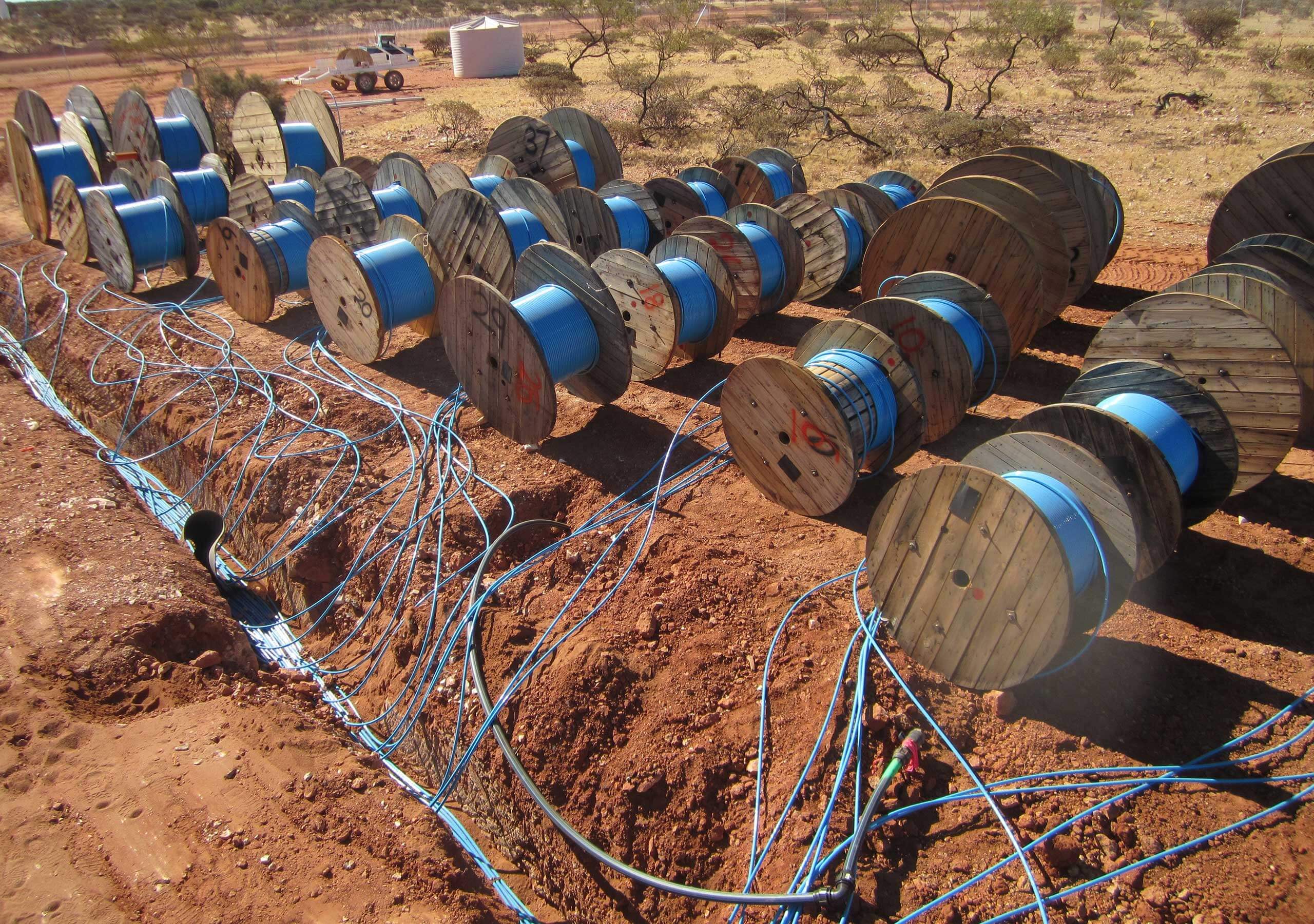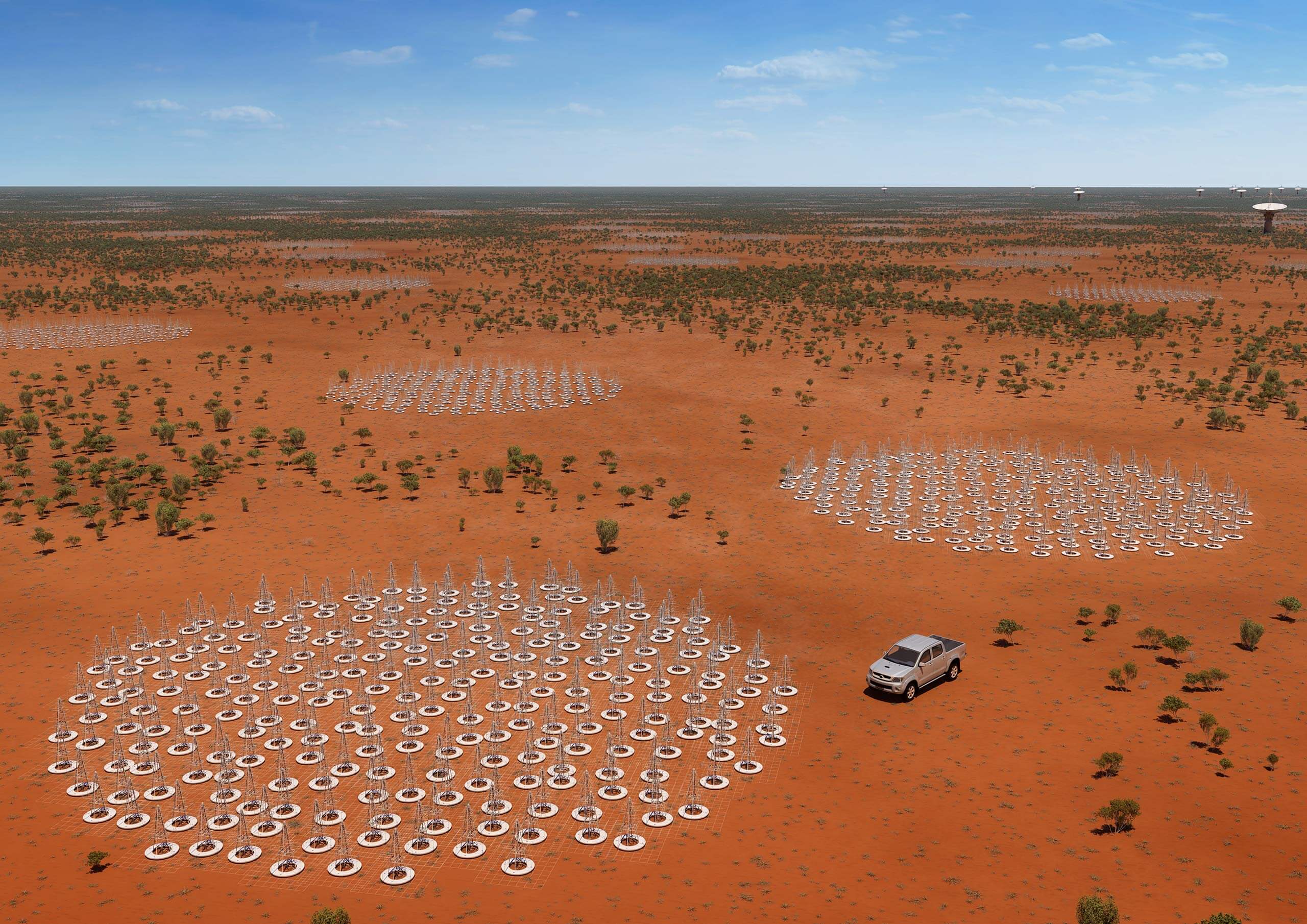Bottom line: A telescope ten times bigger than any other currently built is nearly ready for construction. The project is intended to affirm or disprove remaining questions against Einstein's theory of gravity.
In the tech world going smaller is usually a key sign of innovation, but astronomers and scientists do not always want smaller. The Square Kilometer Array radio telescope has been a wish list item for nearly two decades, but has now passed a major milestone in its path to reality.
As the name implies, the usable area of the telescope is over one million square meters of antennas and supporting equipment. The SKA will be ten times bigger than any other telescope on Earth. All of the support systems have now received design approval, indicating that final construction is now possible to begin.
Astronomers are aiming to find a pulsar in orbit around a black hole using their enormous new telescope. Such a discovery would be one of the last tests of Einstein's theory of gravity.

The SKA telescope will consist of up to 132,000 individual antennas spanning more than 2,000 square kilometers of Australian desert. Powering such a network without introducing any noise is undoubtedly difficult. Due to the remote location to avoid noise, power is not all that readily available. Solar grids will be put up near each section of the array, while nearly all cabling used is shielded using proprietary techniques.
Collecting data from hundreds of thousands of antennas generates a lot of network traffic. In fact, petabits of data will be stored every single second of operation. This is more data than the entire internet passes at any given moment right now. A specialty data center is part of the construction efforts that will be able to handle storing all of the signals incoming from space. Supercomputers built by IBM will be responsible for manipulating exabytes of data daily.
The SKA construction is expected to begin in 2020 and be fully operation by 2024 if all goes according to plan.
